Campus Life in 1913
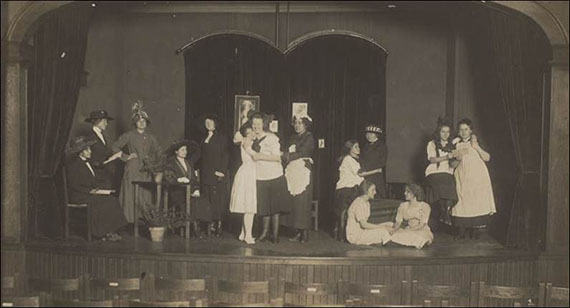
Performance of “Carrotty Nell” by the Adelphian Literary Society, 1913
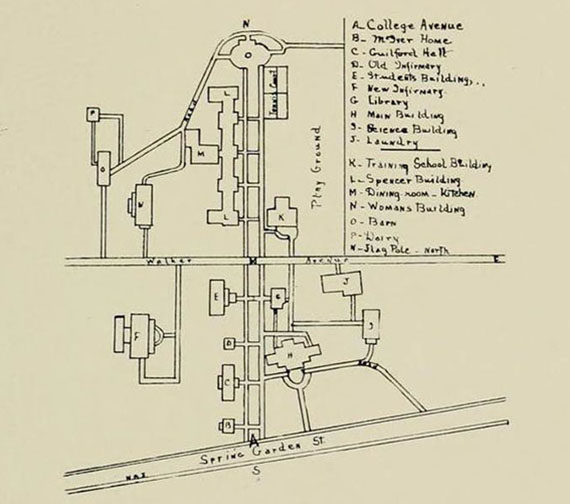
Campus Map, 1913
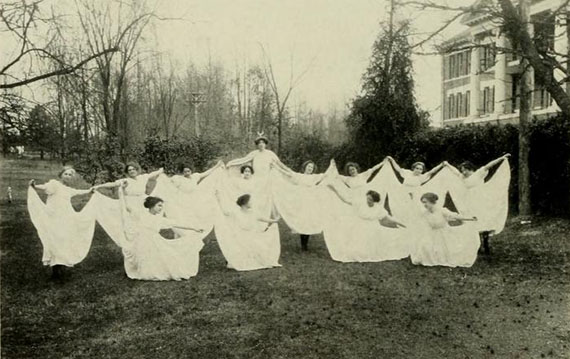
Dance performance from Senior Tree Day exercises, 1913
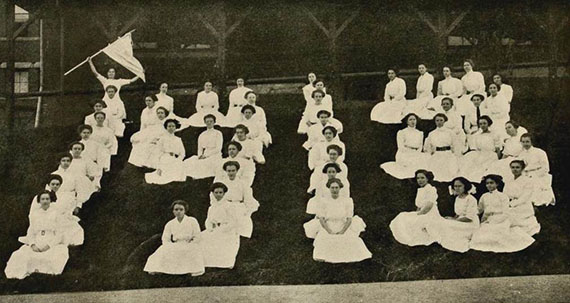
Graduates in the Class of 1913
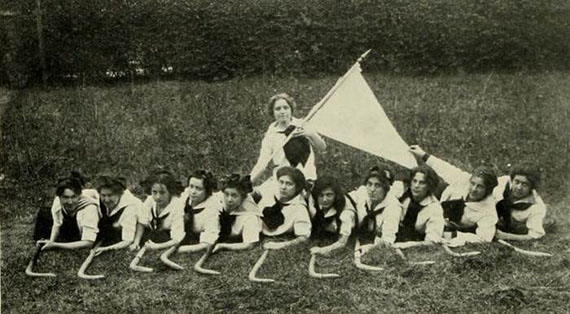
Junior field hockey team, 1913
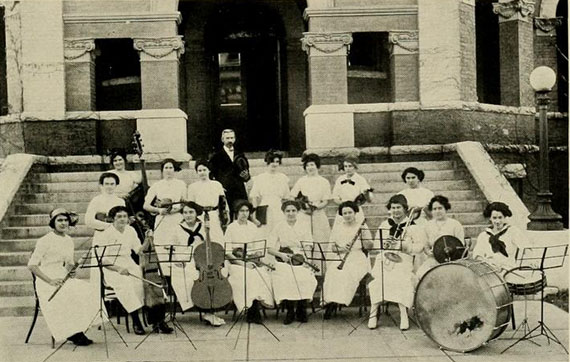
College Orchestra, 1913
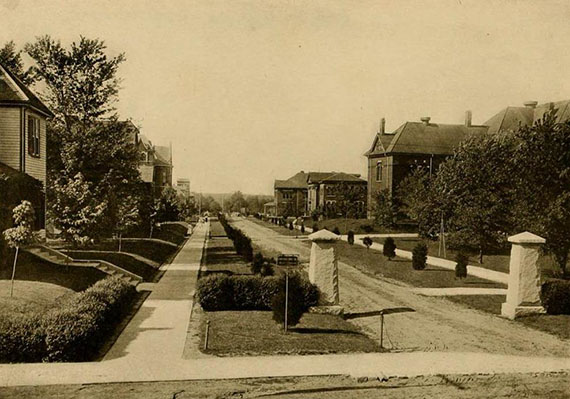
College Avenue at Spring Garden Street, 1913
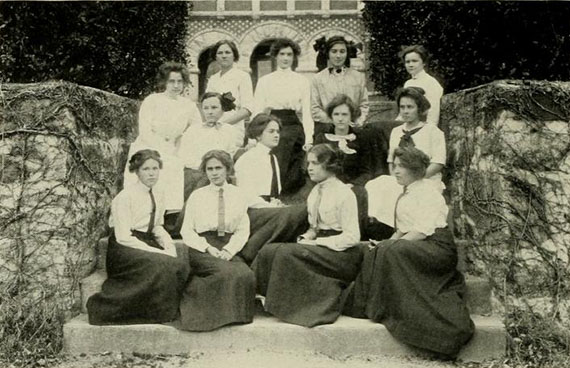
The Students’ Council, 1913
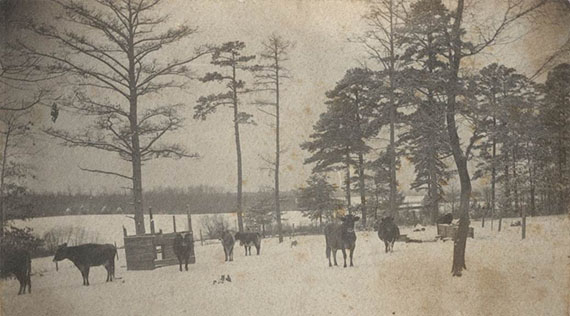
Campus dairy farm, 1913
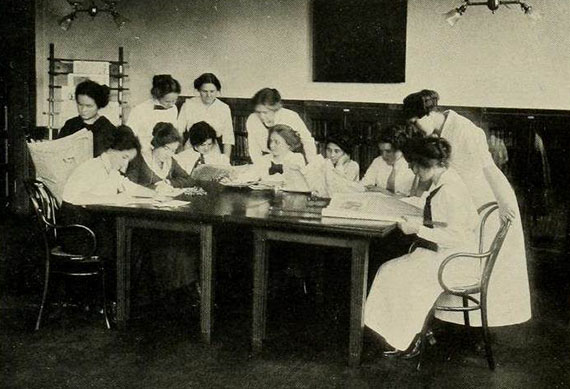
Campus Press Bureau, 1913
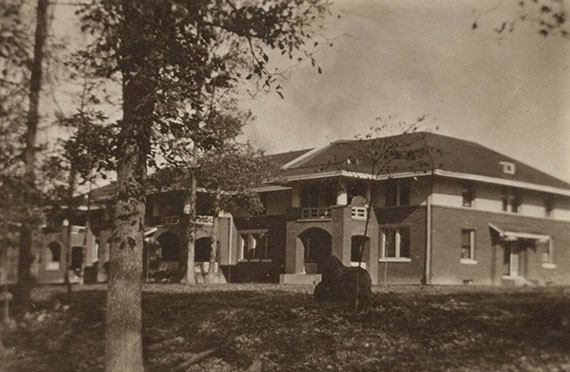
Woman’s Dormitory, 1913
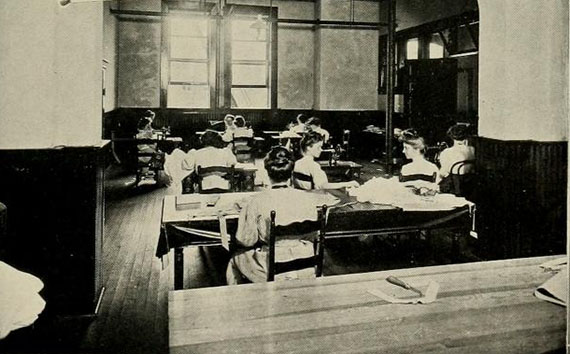
Domestic Science laboratory, 1913
One hundred years ago in 1913, Woodrow Wilson was inaugurated as president of the United States, the first automobile road to cross the U.S. (the Lincoln Highway) opened, and R.J. Reynolds introduced to the world its new Camel brand of packaged cigarettes. Also, in May, State Normal and Industrial College (now UNCG) celebrated its 20th graduating class. While the primary mission of the school (educating female teachers) remained the same, the school had changed and grown significantly since its founding in 1891.
In 1913, Julius Foust was president of State Normal, leading a campus with approximately 60 faculty members and instructors. Among that teaching staff are names that might be familiar to individuals on campus today. Mary Petty (chemistry), Anna Gove (physiology and hygiene), Walter Clinton Jackson (history), E.J. Forney (stenography and bookkeeping), and new hire Harriet Elliott (political science) all have buildings on the current campus named in their memory.
Students at State Normal had a choice of five courses of study to follow towards an undergraduate degree: Bachelor of Pedagogy, Bachelor of Arts, Bachelor of Science, Bachelor of Music, or Bachelor of Science in Home Economics. Total expenses for a year at State Normal fell around $200 (those taking select science or music classes as well as non-North Carolina residents paid additional fees). The $45 tuition fee, however, was waived for any student who promised to teach for two years in public or private schools in North Carolina after graduation.
Only a handful of buildings remain from the time, including the Administration (now Foust) Building which dates back to the campus’s opening in 1892. Additionally, Spencer Hall and the Carnegie Library (now Forney Building) were in use in 1913. A new “model cottage” had just been constructed on Lithia (now Tate) Street to allow home economics students to gain practical experience in home management. Students in the model cottage worked under a monthly budget to plan meals, order groceries and supplied, and do their own cooking and housekeeping “systematically and scientifically.” A “training school” (later known at the Curry School) provided pedagogy students with similar practical opportunities.
Campus life was highly restrictive compared to modern standards. A campus bell rang to alert students of meal times, class times, and other mandatory events. Dormitory rules required students to have a written permission note from their parent or guardian allowing visits from men. Additional permission notes were required if a student wanted to spend a night out of the dormitories. Rules also designated when students were to observe quiet times in the dorms (the University Archives has a note written to President Foust reporting two students “for being out in the hall conversing audibly at least five minutes after the seven o’clock bell had rung”). Prior to lunch each day, students were required to attend a campus-wide chapel meeting, where “prayers, with the reading of the Scriptures, and singing, are a part of each day’s exercises.” Additionally, a mandatory “outdoor walking period” required students to participate in some form of physical activity each day at the designated time.
Social life on campus revolved primarily around the school’s two literary societies: the Adelphian Society and the Cornelian Society. Each student upon arrival at State Normal was assigned membership in one of the two literary societies. The societies sponsored debates, produced plays, held special luncheons, published the campus’s bimonthly newspaper, and essentially served as the school’s primary outlets for extracurricular activities. Campus did, however, also include a Young Woman’s Christian Association (YWCA), a college chorus and orchestra, and a campus dramatic club. The campus Athletic Association also provided another venue for activity, with the classes competing against each other in sports like basketball and field hockey.
The 1913 graduation week activities truly exemplified campus life during this time period. Dr. S.C. Mitchell, president of the University of South Carolina, spoke on “The Value of Personality.” The newly-formed dramatic club gave its first public performance, captivating the audience with its rendition of Booth Tarkington’s “The American.” The graduating class presented the school with a portrait of former governor and education advocate Charles B. Aycock (who had died in 1912) as its class gift. And, as a gift in return, Foust gave each of the seniors a ride in his car — an experience most of the students had never before had.